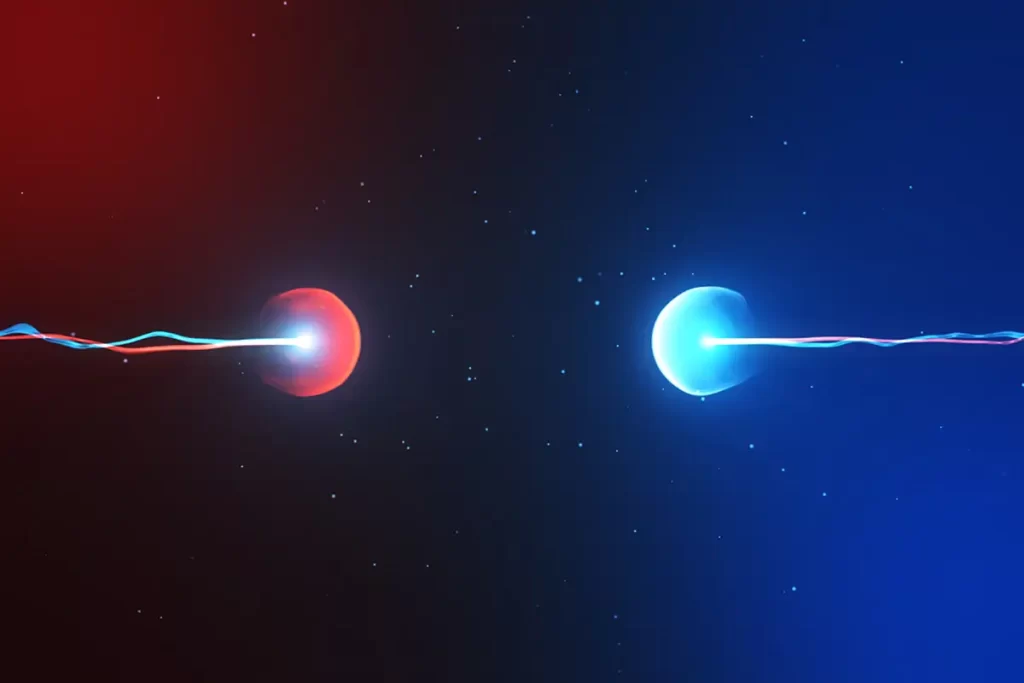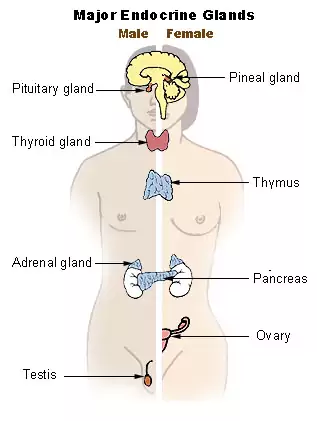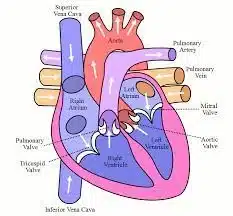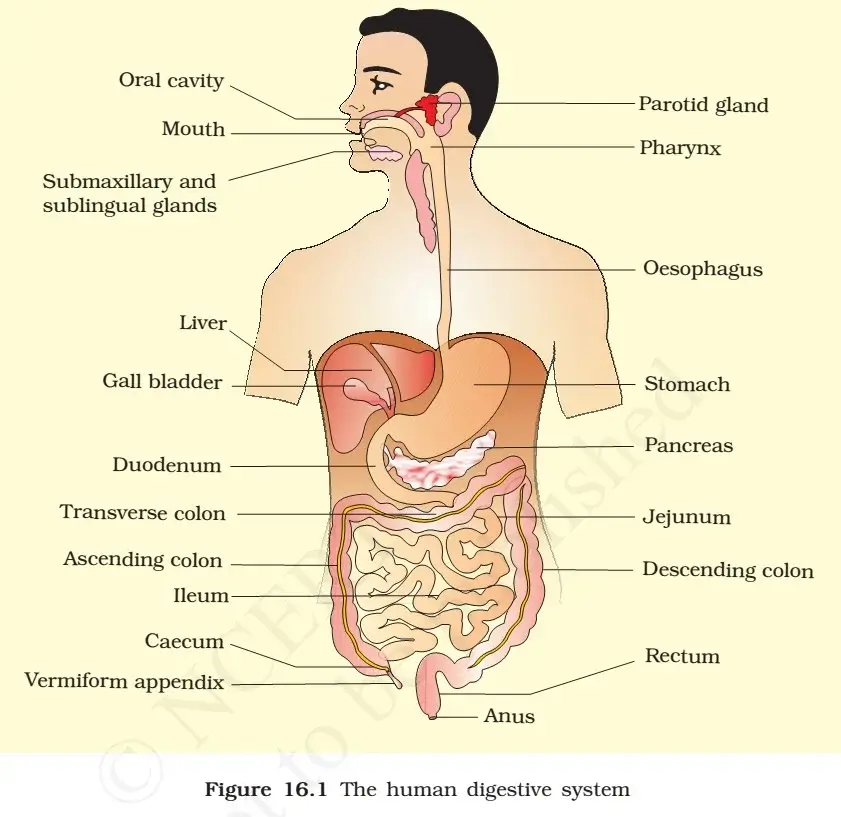WHAT IS NANOTECHNOLOGY?
Nanotechnology manipulates the molecular structure of materials to change their intrinsic properties and obtain others with revolutionary applications. This is the case of graphene – modified carbon harder than steel, lighter than aluminium and almost transparent.
- Nanotechnology is the study of matter at a miniature level called the nano scale.
- A nano meter is equal to one billionth of a meter. What makes study at atomic scale is that the properties of atoms and molecules are found to greatly differ on a nano scale, i.e., at 100 nm or below compared to what they are in bulk matter.
- Exploiting this feature of matter, nanotechnology manipulates single atoms to discover new properties and then uses these to create improved materials, devices and systems.
- Nanotechnology is not a new discipline. It is rather the merging of multiple scientific disciplines (biology, physics, chemistry, medicine and engineering) and the combination of knowledge to tailor materials at the nanoscale.
- From agriculture to aerospace research, nanotechnology’s impact is being felt. Research in nanotechnology spans across an array of fields such as health, environment, agriculture, food and beverages, product development, space technology, power generation, genetics, biotechnology, forensic science, electronics and communications.
TYPES OF NANOTECHNOLOGY
The different types of nanotechnology are classified according to how they proceed (top-down or bottom-up) and the medium in which they work (dry or wet):
- Descending (top-down)
Mechanisms and structures are miniaturised at the nanometric scale — from one to 100 nanometres in size —. It is the most frequent to date, especially in electronics.
- Ascending (bottom-up)
You start with a nanometric structure — a molecule, for example — and through a mounting or self-assembly process you create a larger mechanism than the one you started with.
- Dry nanotechnolgy
It is used to manufacture structures in coal, silicon, inorganic materials, metals and semiconductors that do not work with humidity.
- Wet nanotechnology
It is based on biological systems present in an aqueous environment — including genetic material, membranes, enzymes and other cellular components .
Application of Nanotechnology
Electronics
- Carbon nanotubes are close to replacing silicon as a material for making smaller, faster and more efficient microchips and devices, as well as lighter, more conductive and stronger quantum nanowires.
- Graphene’s properties make it an ideal candidate for the development of flexible touchscreens.
Energy
- A new semiconductor developed by Kyoto University makes it possible to manufacture solar panels that double the amount of sunlight converted into electricity.
- Nanotechnology also lowers costs, produces stronger and lighter wind turbines, improves fuel efficiency and, thanks to the thermal insulation of some nanocomponents, can save energy.
Biomedicine
- The properties of some nanomaterials make them ideal for improving early diagnosis and treatment of neurodegenerative diseases or cancer.
- They are able to attack cancer cells selectively without harming other healthy cells.
- Some nanoparticles have also been used to enhance pharmaceutical products such as sunscreen.
Environment
- Air purification with ions, wastewater purification with nanobubbles or nanofiltration systems for heavy metals are some of its environmentally-friendly applications.
- Nanocatalysts are also available to make chemical reactions more efficient and less polluting.
Textile
- Nanotechnology makes it possible to develop smart fabrics that don’t stain nor wrinkle, as well as stronger, lighter and more durable materials to make motorcycle helmets or sports equipment.
Nano Medicine
- The size of nano materials is similar to that of most biological molecules and structures; therefore, nano-materials can be useful for both in-vivo (inside the body) and in-vitro (outside body) biomedical research and applications.
- It led to the development of diagnostic devices, contrast agents, analytical tools, physical therapy applications, and drug delivery vehicles.
- Drug Delivery: Nanotechnology has provided the possibility of delivering drugs to specific cells using nanoparticles (increases effectiveness, less side effects).
- Tissue Engineering: Tissue engineering is the new emerging field of science which makes use of nanotechnology to repair the damaged tissues. The cells can be artificially reproduced by using suitable nanomaterials scaffolds and other growth factors.
- Diagnostic: The use of nanomaterials to diagnose different diseases is the most important achievement of medical field. Nanoparticles are attached to the antibody or they can be attached to the molecules to label or to see the structures of proteins in any organism.
Sensing
- Lab-on-chip technology, where magnetic nano particles bound to a suitable antibody, are used to label specific molecules, structures or microorganisms.
- Gold nanoparticles tagged with short segments of DNA can be used for detection of genetic sequence in a sample.
FOOD
- Nanotechnology offers some exciting potential benefits for the quality and safety of our foods.
- Antimicrobial Packaging: Edible food films made with cinnamon or oregano oil, or nano particles of zinc, calcium other materials that kill bacteria.
- Improved Food Storage: Nano-enhanced barrier keeps oxygen-sensitive foods fresher. Enhanced
- Nutrient Delivery: Nano-encapsulating improves solubility of vitamins, antioxidants, healthy omega oils and other ‘nutraceuticals’.
- Green Packaging: Nano-fibers made from lobster shells or organic corn are both antimicrobial and biodegradable.
- Pesticide Reduction: A cloth saturated with nano fibers slowly releases pesticides, eliminating need for additional spraying and reducing chemical leakage into the water supply.
- Tracking, Tracing Brand Protection: Nanobarcodes can be created to tag individual products and trace outbreaks.
- Texture: Food spreadability and stability improve with nano-sized crystals and lipids for better lowfat foods.
- Flavor: Trick the tongue with bitter blockers or sweet and salty enhancers.
- Bacteria Identification and Elimination: Nano carbohydrate particles bind with bacteria so they can be detected and eliminated.
Environment
- Besides lighter cars and machinery that requires less fuel and alternative fuel and energy sources, there are many eco-friendly applications for nanotechnology, such as materials that provide clean water from polluted water sources in both large-scale and portable applications, and ones that detect and clean up environmental contaminants.
- Nanotechnology could help meet the need for affordable clean drinking water through rapid, low- cost detection of impurities in and filtration and purification of water.
- Nanoparticles can be used to clean industrial water pollutants in ground water through chemical reactions that render them harmless at much lower cost than methods that require pumping the water out of the ground for treatment.
- Researchers have developed a nanofabric “paper towel,” woven from tiny wires of potassium manganese oxide that can absorb 20 times its weight in oil for cleanup applications.
- Many Airplane cabin and other types of air filters are nanotechnology-based filters that allow “mechanical filtration,” in which the fiber material creates nanoscale pores that trap particles larger than the size of the pores. They also may contain charcoal layers that remove odors.
- New nanotechnology-enabled sensors and solutions can be able to detect, identify, and filter out and/or neutralize harmful chemical or biological agents in the air and soil with much higher sensitivity than is possible today.
NANOTECHNOLGY IN THE FUTURE
- There are bright and dark spots in the future of nanotechnology.
- On the one hand, the sector is expected to grow globally, driven by technological advances, increased government support, increased private investment and growing demand for smaller devices, to name a few.
- However, the environmental, health and safety risks of nanotechnology and concerns related to its commercialisation could hamper market expansion.
Nano Mission of India
- The Nano Mission is an umbrella programme for capacity building which envisages the overall development of this field of research in the country and to tap some of its applied potential for nation’s development. In brief, the objectives of the Nano-Mission are:
- Basic Research Promotion – Funding of basic research by individual scientists and/or groups of scientists and creation of centers of excellence for pursuing studies leading to fundamental understanding of matter that enables control and manipulation at the nanoscale.
- Infrastructure Development for Nano Science & Technology Research – Investigations on the nano scale require expensive equipments like Optical Tweezers, Nano Indenter, Transmission Electron Microscope (TEM), Atomic Force Microscope (AFM), Scanning Tunneling Microscope (STM), Matrix Assisted Laser Desorption Time of Flight Mass Spectrometer (MALDI TOF MS), Microarray Spotter & Scanner etc. For optimal use of expensive and sophisticated facilities, it is proposed to establish a chain of shared facilities across the country.
- Nano Applications and Technology Development Programmes – To catalyze Applications and Technology Development Programmes leading to products and devices, the Mission proposes to promote application-oriented R&D Projects, establish Nano Applications and Technology Development Centers, Nano-Technology Business Incubators etc. Special effort will be made to involve the industrial sector into nanotechnology R&D directly or through Public Private Partnership (PPP) ventures.
- Human Resource Development – The Mission shall focus on providing effective education and training to researchers and professionals in diversified fields so that a genuine interdisciplinary culture for nanoscale science, engineering and technology can emerge. It is planned to launch M.Sc./M.Tech. Programmes create national and overseas post-doctoral fellowships, chairs in universities, etc.
- International Collaborations – Apart from exploratory visits of scientists, organization of joint workshops and conferences and joint research projects, it is also planned to facilitate access to sophisticated research facilities abroad, establish joint centers of excellence and forge academia industry partnerships at the international level wherever required and desirable.
Concerns
- India spends only a fraction of the amount spent by countries such as the USA, China, Japan, etc. on nanotechnology.
- The quality of research is also to be improved significantly. Only a small percentage of the papers from India figures in the top 1% of publications.
- Only 0.2% of the patents filed in the US Patent Office are from India in this field.
- There are very few students who take up this field.
- The target number of PhDs in nanotechnology is 10000 per year by the Ministry of HRD.
- The contribution of the private sector is minimal in this domain. Even though there is a lot of potential, the private sector is yet to show tremendous enthusiasm.
- Scope for potential:
- A team from IIT Madras used nanotechnology to decontaminate arsenic from water.
- A team from IIT Delhi has engineered a self-cleaning technology to be used in the textile industry.
Also refer :









